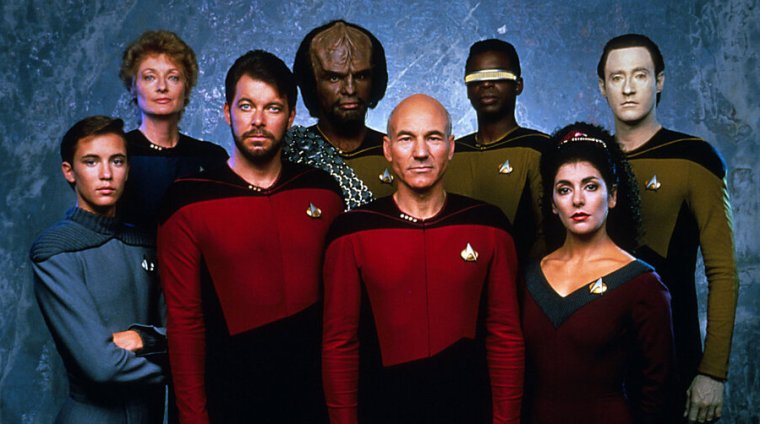
It would be hard to overstate the impact that Star Trek has had on geek culture. So it shouldn’t come as a surprise that when folks who spent years watching the shows pursue careers in game development, they seek out the actors from one of their favorite TV shows to bring their creations to life. From TOS to VOY, many Star Trek actors followed up their star-making screen performances with voiceover work in video games.
Of course, many of the cast members reprised their roles for licensed Star Trek games or reappearances of their Starfleet personas over the years; studios understandably don’t want to recast iconic parts if they can avoid it.
But games have also provided many of these talented actors with a chance to create new characters and explore new genres beyond the ones that made them household names. If they’re not so versatile, working in games at least meant a chance for a paycheck after the series finale aired.
A dive into the dense history of games starring Trek alumni reveals some unexpected superstars and influential roles.
Table of Contents
The Original Series
You may recall that William Shatner’s post-Trek career included getting his name on a series of ghostwritten science fiction books dubbed TekWar. In addition to spawning a TV series and TV movies, the novels were turned into a first-person shooter in 1995. He voiced the character Walter Bascom in all of these projects. TekWar’s game incarnation is notoriously bad, though, and the Walter Bascom performance is exactly what you’d imagine it to be: 100 percent pure Shatner.
Outside of his own IP, Shatner is also one of many Trek actors to have a role in the space sim Elite: Dangerous.
Leonard Nimoy’s video game work was limited, but it covered a lot of genre ground. Let’s get the obvious one out of the way first: Many people know him as the narrator for Sid Meier’s Civilization IV, a perfect match for the audience who loved him as the matter-of-fact Spock.
In a very different direction, Nimoy also narrated a strange pet-caring game called Seaman, initially released for the Sega Dreamcast in 1999. If you know, you know. For the sake of those who don’t, let’s move on.
Rounding out his eclectic video game credits is the role of Master Xehanort in Kingdom Hearts 3D: Dream Drop Distance and Kingdom Hearts 3D: Birth by Sleep. (Let’s not hold him accountable for the naming conventions in those games.)
The most prolific TOS cast member when it comes to video game credits is George Takei, and his work has run the gamut from serious to silly.
His first role was in the Treyarch hack-and-slash game Draconus: Cult of the Wyrm in 2000, followed by playing Lord Hakkera in space trading sim Freelancer in 2003. You might notice a theme here: game studios like casting Star Trek actors in space sims. Who knew!
Takei is also one of the actors doing a lot of grunting and groaning for Pain, a wacky, lesser-known PlayStation 3 exclusive from 2007 (think Goat Simulator, but with celebrities like Takei, Flava Flav, and Elvira instead of the goat.
Fans of FMV and RTS games will definitely remember Takei’s campy turn as Emperor Yoshiro, chewing scenery alongside Tim Curry, J.K. Simmons, and Ivana Milicevic in Command & Conquer: Red Alert 3. He’s still being sought out by devs, with his most recent role as Masumi Arakawa’s English voice in the 2020 title Yakuza: Like a Dragon.
It’s also worth noting that Walter Koenig (also a Babylon 5 alum, of course) played the villain Drexel in an FMV game called Maximum Surge in 1996. The project was canceled, and from the snippets of trailer footage that have survived, that may have been a good thing. Or maybe it would have gone the way of "so bad it’s good." Sadly, we’ll never know.
Promoted Comments